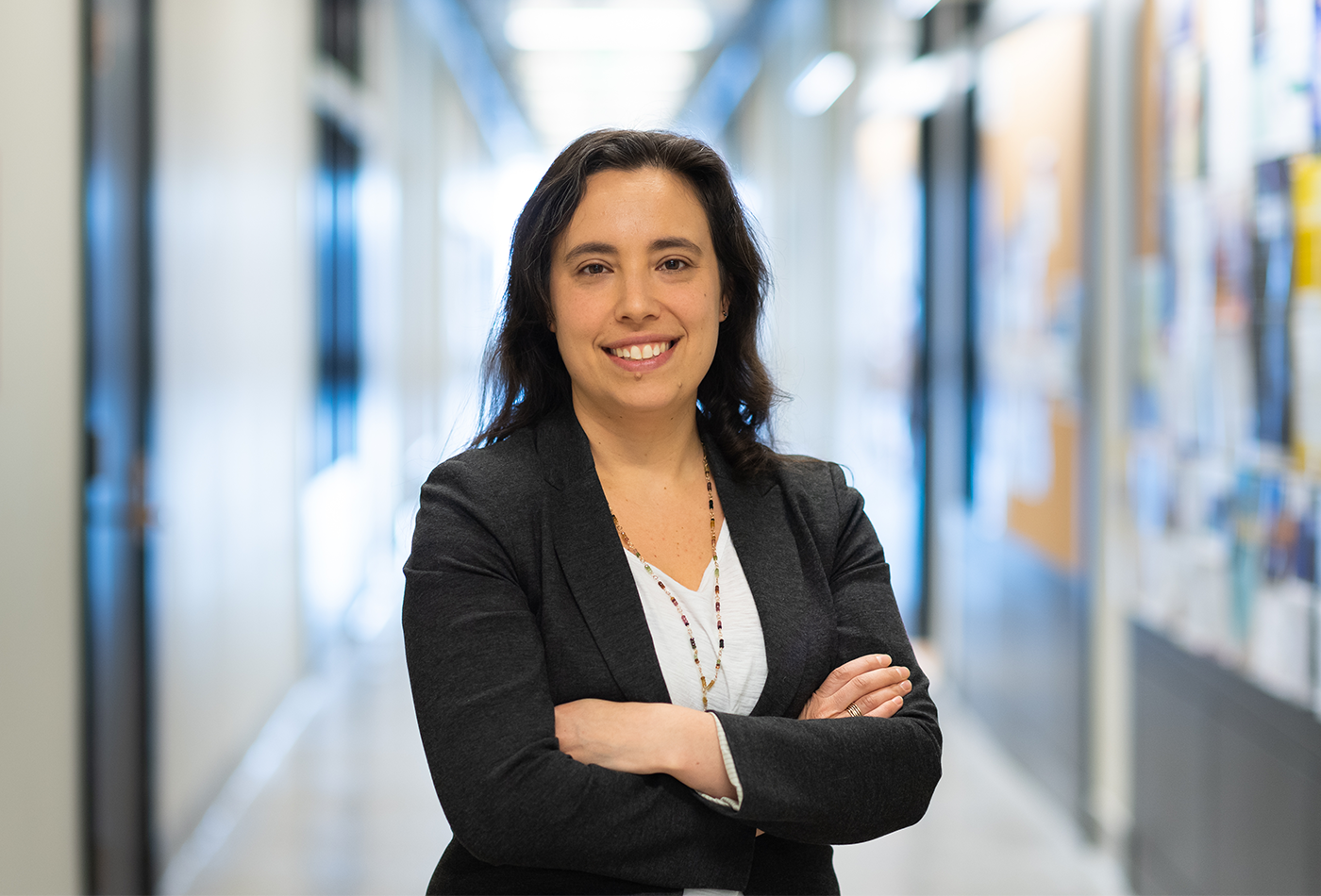Schlau-Cohen receives 2022 Margaret Oakley Dayhoff Award
Recipients of this prize hold high promise or have achieved prominence while developing the early stages of a career in biophysical research.
Associate Professor Gabriela Schlau-Cohen has been named the winner of the 2022 Margaret Oakley Dayhoff Award by the Biophysical Society “for elucidating structural and energetic dynamics of biological and bio-inspired systems through her innovative applications of spectroscopic methods.”
The Dayhoff Award honors the memory of Margaret Dayhoff, former President of the Biophysical Society, and is given to a woman who holds very high promise or has achieved prominence while developing the early stages of a career in biophysical research within the purview and interest of the Biophysical Society. The award will be presented at the 2022 Annual Meeting of the Biophysical Society in San Francisco, California in February, 2022.
Following a Postdoctoral Fellowship at Stanford University under Professor W.E. Moerner, Schlau-Cohen joined the Department of Chemistry faculty as an Assistant Professor in 2015. She graduated magna cum laude from Brown University, earning a bachelor’s degree in chemical physics, and earned a PhD in chemistry at the University of California at Berkeley. Schlau-Cohen’s honors include a Sloan Fellowship, a Beckman Young Investigator award, the Smith Family Award for Excellence in Biomedical Research, and the Camille Dreyfus Teacher-Scholar award. She was recently awarded the 2022 ACS Pure Chemistry Award.
Research in the Schlau-Cohen group is inherently multidisciplinary; the group combines tools from chemistry, optics, biology, and microscopy to develop new approaches to probe dynamics. They study dynamics in two classes of systems: biological and bio-inspired light-harvesting systems that are of interest to solar energy research and biomass production; and bacterial and mammalian receptor proteins that are targets for human therapeutics. To explore these systems, Schlau-Cohen and her group use ultrafast transient absorption spectroscopy, single-molecule fluorescence spectroscopy, and develop model membrane systems.





